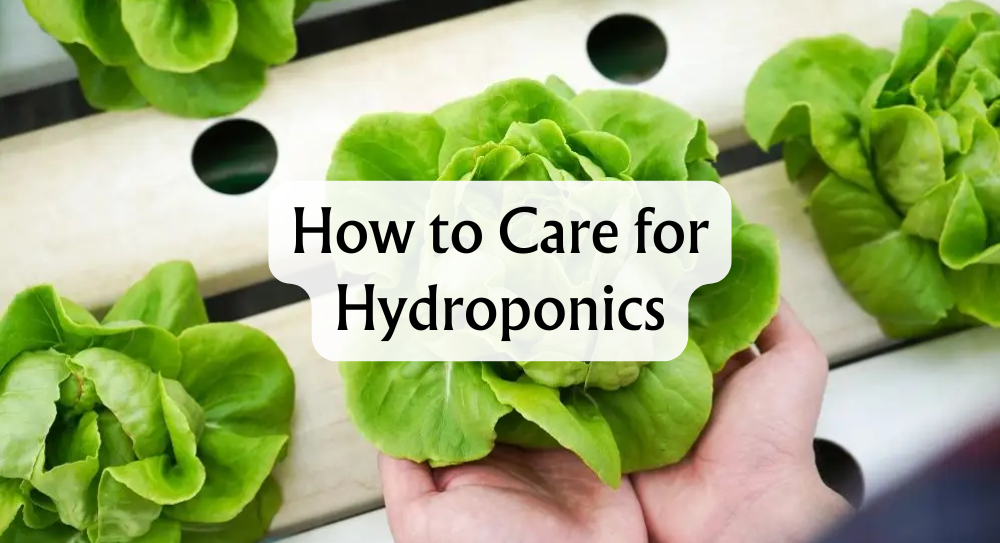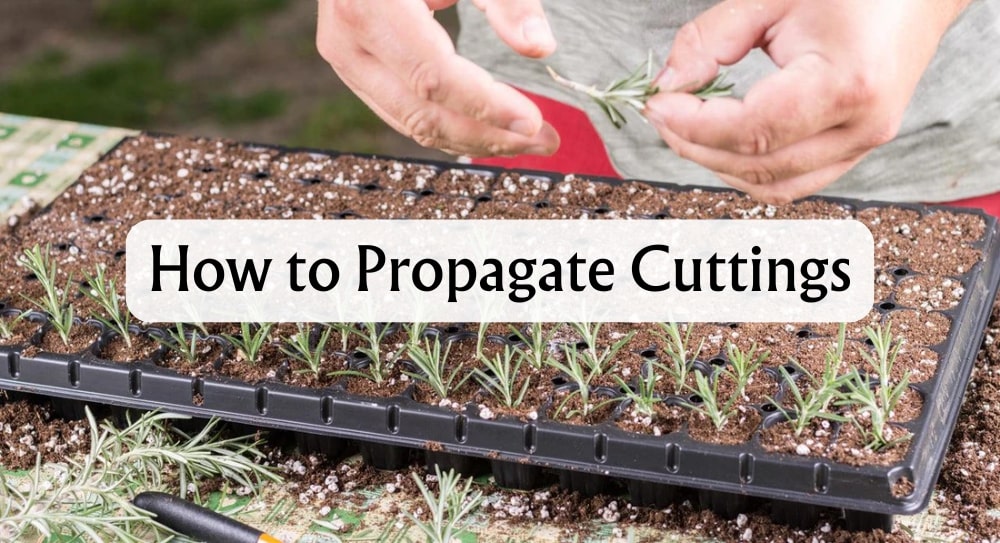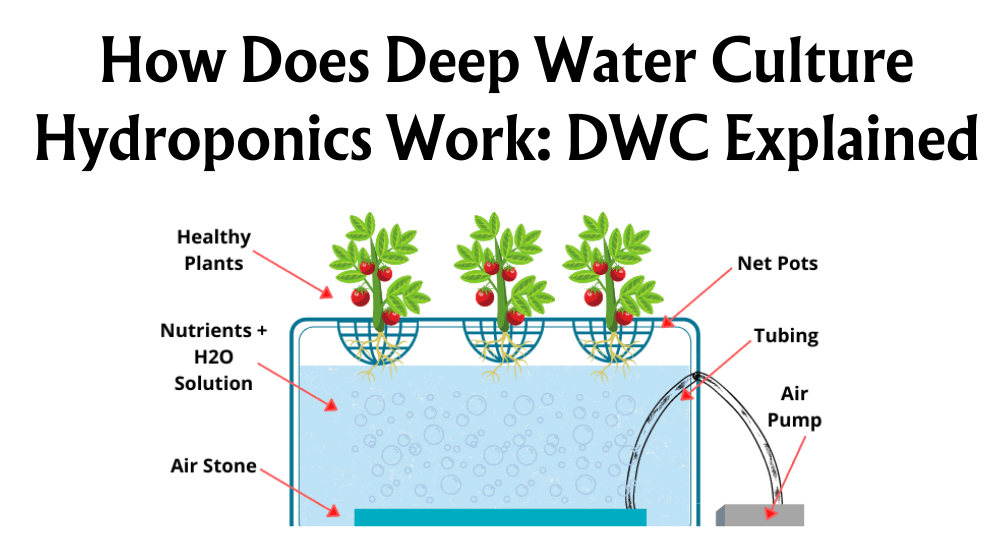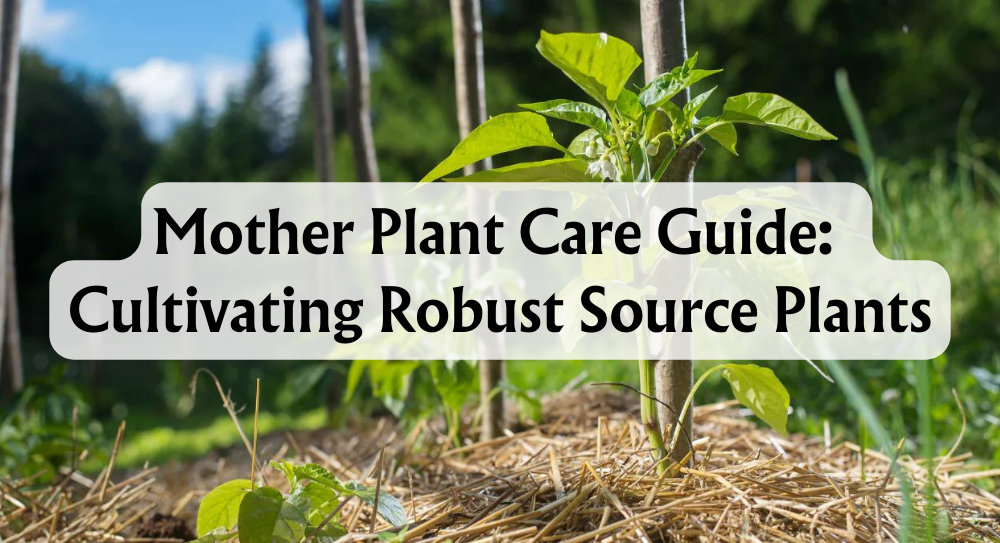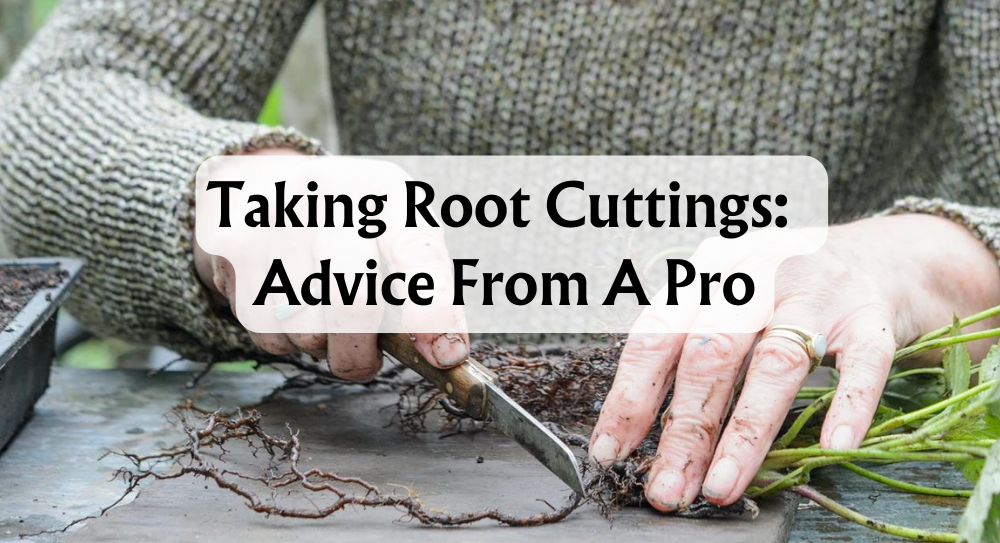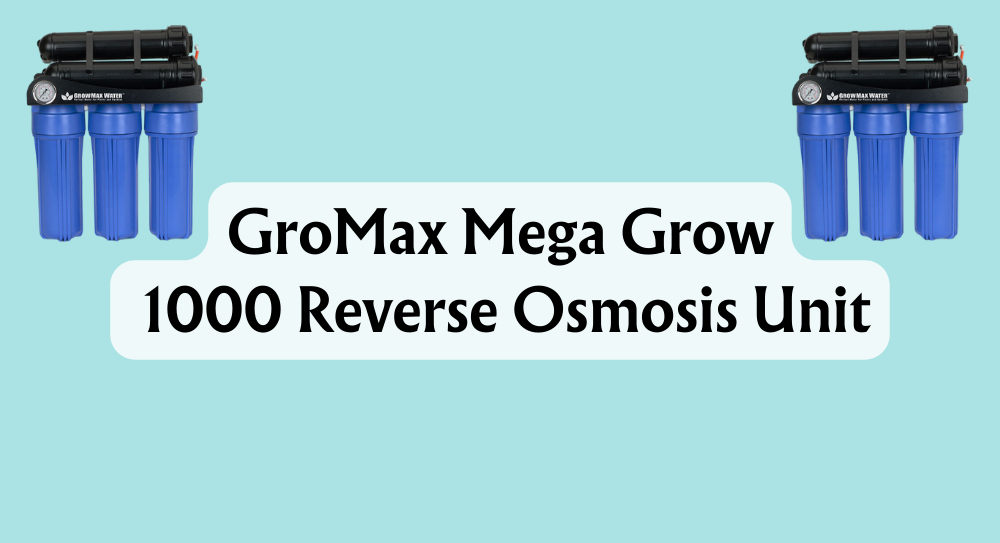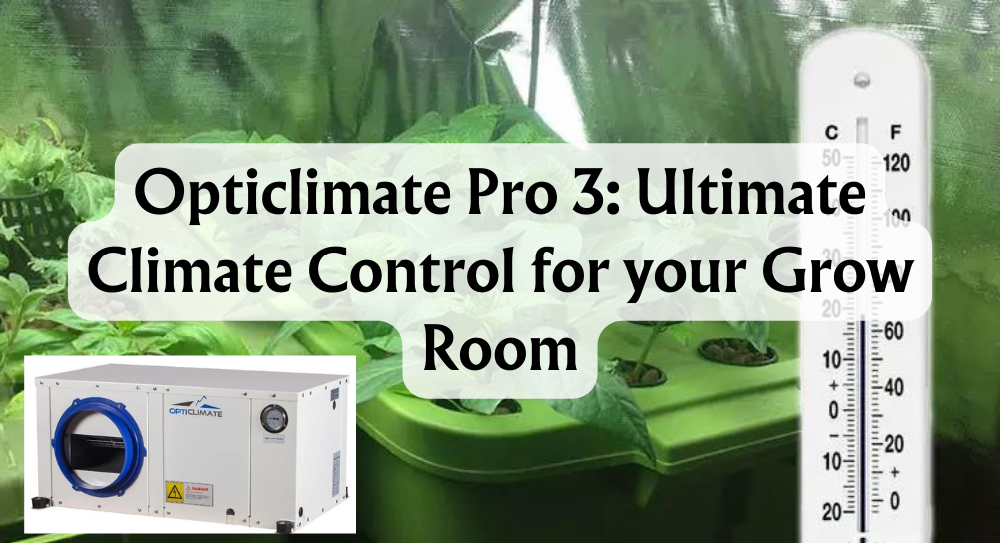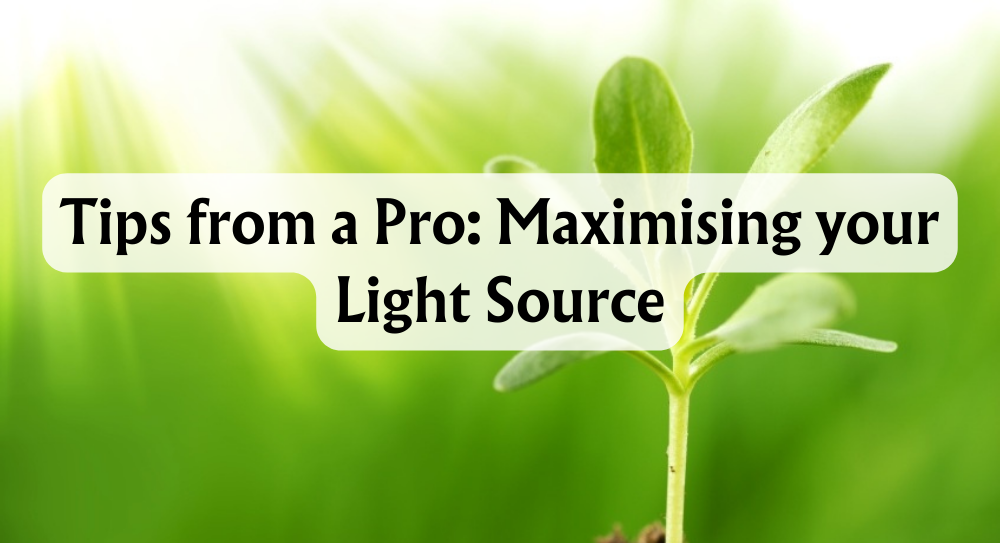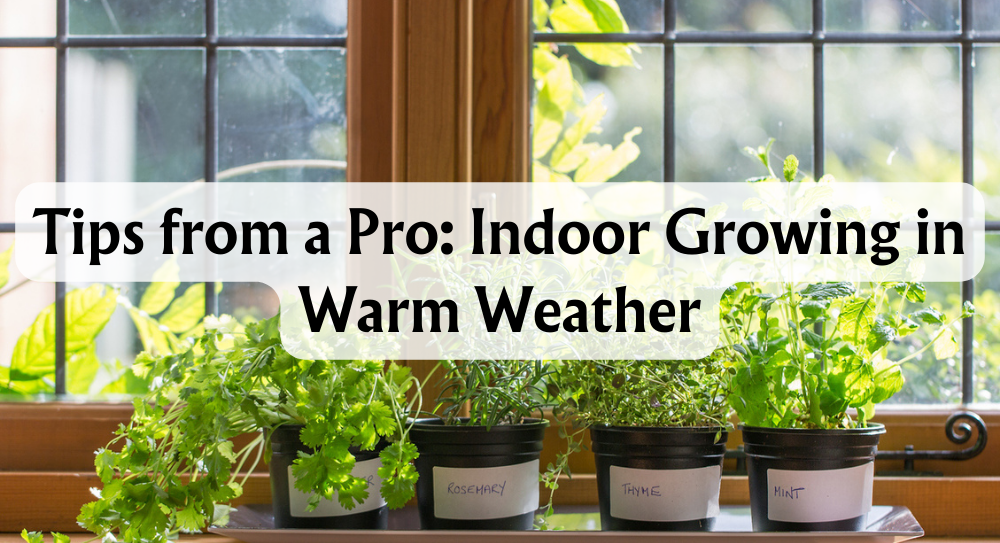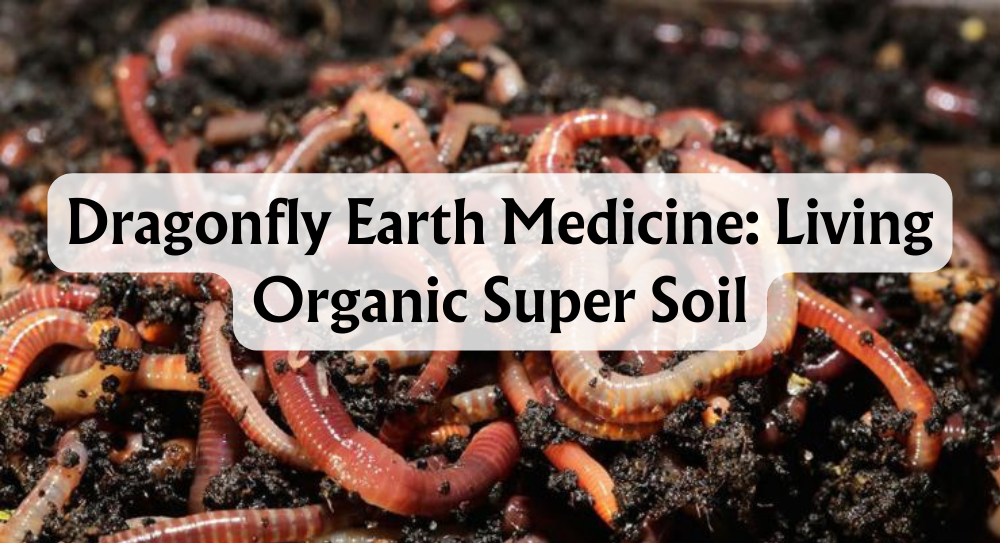Growing lavender through hydroponics opens up a world of possibilities for herb enthusiasts. By opting to cultivate lavender without soil, we can harness the benefits of controlled environments and faster growth rates. One of the key advantages of growing lavender hydroponically is the ability to fine-tune growing conditions — such as pH, lighting, and nutrient supply — for optimal growth and yield.
Our exploration of hydroponic systems shows how these setups work wonders for lavender cultivation. The gentle ebb and flow of systems like Flood and Drain ensure that the roots get just the right amount of nutrients and oxygen. Imagine watching your lavender thrive indoors with vibrant blooms and aromatic foliage all year round.
For anyone considering starting a hydroponic lavender garden, understanding the ideal conditions and setups is crucial. Whether it's selecting the right hydroponic setup or choosing suitable growing mediums, getting these factors right can make all the difference. With a little guidance and the right approach, we can transform how we experience this fragrant herb.
Key Takeaways
- Hydroponics provide ideal control over lavender growing conditions
- Understanding systems and setups is key to thriving lavender
- Hydroponic systems offer faster growth and atmospheric control
Why Hydroponics For Lavender?
Using hydroponics for growing lavender offers several advantages. One significant benefit is space efficiency. In hydroponic systems, plants can be grown vertically, allowing us to maximise limited space. This is particularly beneficial for those of us with small gardens or urban dwellers with limited outdoor areas.
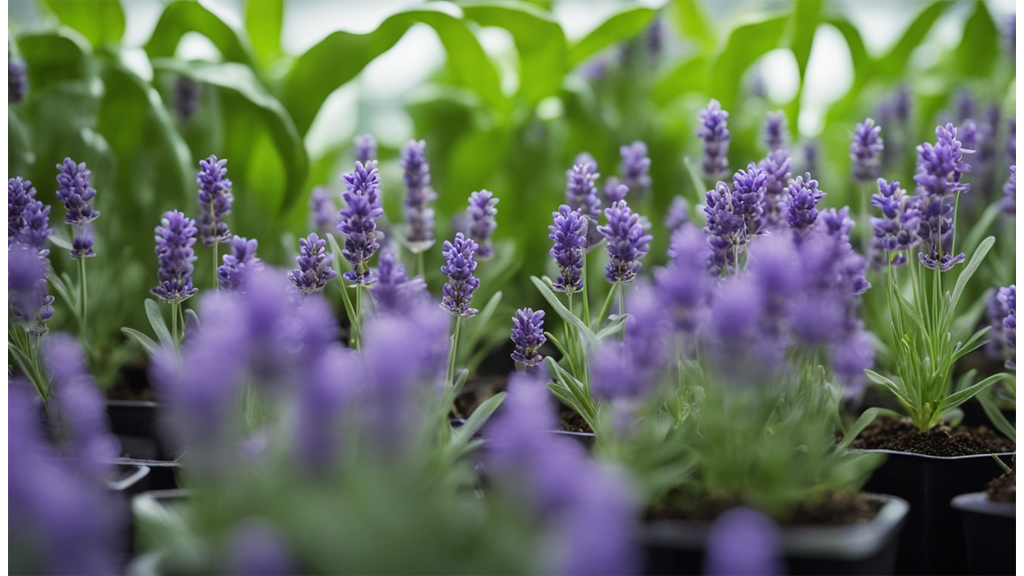
Hydroponic gardening helps in water conservation. Unlike traditional soil gardening, hydroponics uses a closed water system that recirculates water, reducing water usage by up to 90%. For a crop like lavender, which traditionally requires well-drained soils, this efficient water use is a game-changer.
Pest and disease management becomes less of a hassle in hydroponic systems. Without soil, many soil-borne pests and diseases are eliminated. We often find that lavender grown in these systems thus experiences fewer issues compared to soil-grown lavender.
When we compare hydroponic lavender to its soil-grown counterpart, we see a faster growth rate. Studies show a growth rate increase of about 30% in hydroponics. This translates to quicker harvests and a potentially higher yield, making it appealing for commercial and private growers alike.
Successful hydroponic lavender farms demonstrate the practical benefits. Some farms have reported faster breakeven points due to these accelerated growth rates. This offers exciting possibilities for those interested in commercial hydroponic lavender production.
Growing lavender hydroponically allows us to adapt to changing climates and urban lifestyles rapidly, offering a sustainable and efficient method that aligns with modern gardening demands.
Ideal Growing Conditions For Lavender
When we're growing lavender hydroponically, we need to focus on its optimum temperature range. Lavender thrives between 60°F and 70°F (about 15°C to 21°C). Maintaining this temperature ensures that the plant remains healthy and grows efficiently.
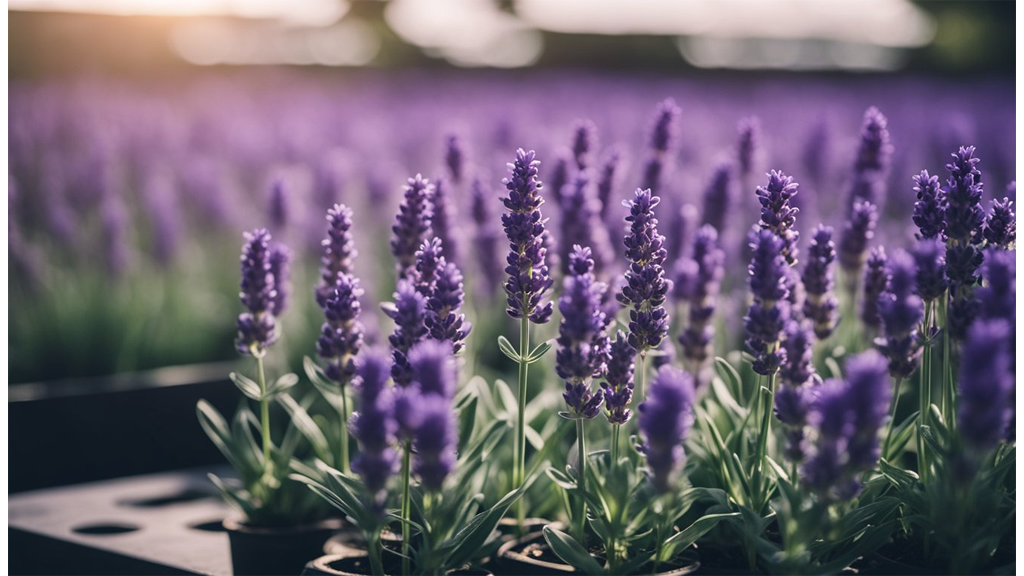
Light is another critical factor. Lavender prefers full sun, which means we must ensure our hydroponic setup receives ample light. In the absence of natural sunlight, using a grow light can help provide the necessary illumination to support photosynthesis and promote growth.
In terms of watering and humidity needs, lavender isn’t too fussy about humidity levels but prefers a well-oxygenated water supply. It's essential to keep the system aerated and avoid waterlogging, which can harm the roots.
Our lavender plants will need the right nutrient mix to flourish. A balanced nutrient solution containing essential elements like nitrogen, phosphorus, potassium, calcium, and magnesium is crucial.
Lastly, let's not forget carbon dioxide. Adequate air circulation ensures that they receive enough CO2 for photosynthesis. If we're growing indoors, opening windows or using fans can help maintain suitable CO2 levels.
By managing these conditions, we can create a hydroponic environment where our lavender thrives.
Important Factors For Hydroponic Lavender
Growing lavender hydroponically requires careful attention to several key factors. By optimising pH levels, maintaining ideal humidity, and managing electrical conductivity (EC) levels, we can promote thriving lavender plants.
pH Levels
The pH level of the nutrient solution is crucial for the health of our lavender plants. Lavender thrives best in a slightly alkaline environment, with the ideal pH range being between 6.5 and 7.5. We should regularly monitor the pH using a reliable pH meter.
To adjust pH levels, we can use pH up or pH down solutions. Adding lime increases alkalinity, while vinegar or citric acid can reduce pH. Regular monitoring and slight adjustments help ensure our plants absorb nutrients effectively, promoting lush growth.
Humidity
Proper humidity levels are essential in a hydroponic setup for lavender. Our lavender plants prefer lower humidity levels, typically between 40% to 50%. Excessive humidity can lead to diseases and reduce growth rates, while low levels can cause dehydration.
To control humidity, we can use dehumidifiers or ventilation systems. Placing a hygrometer in the grow area assists in constant monitoring, ensuring levels remain within the desired range. Effective humidity control contributes to vibrant, disease-free lavender.
EC Meter Levels
Electrical Conductivity (EC) measures the nutrient concentration in our hydroponic system. This ensures our lavender receives adequate minerals like nitrogen, potassium, calcium, magnesium, and phosphorus. Ideal EC levels for lavender range between 1.6 to 2.0 mS/cm.
Using an EC meter, we can adjust our nutrient solution accordingly. High EC levels may indicate excess salts, while low levels could mean nutrient deficiency. Maintaining balanced levels supports nutrient uptake and robust plant development in hydroponic environments.
Recommended Hydroponic Setup
When setting up a hydroponic system for lavender, Nutrient Film Technique (NFT) is ideal. In this method, a thin film of nutrient solution continuously flows over roots, ensuring they’re always fed whilst exposed to air for oxygen.
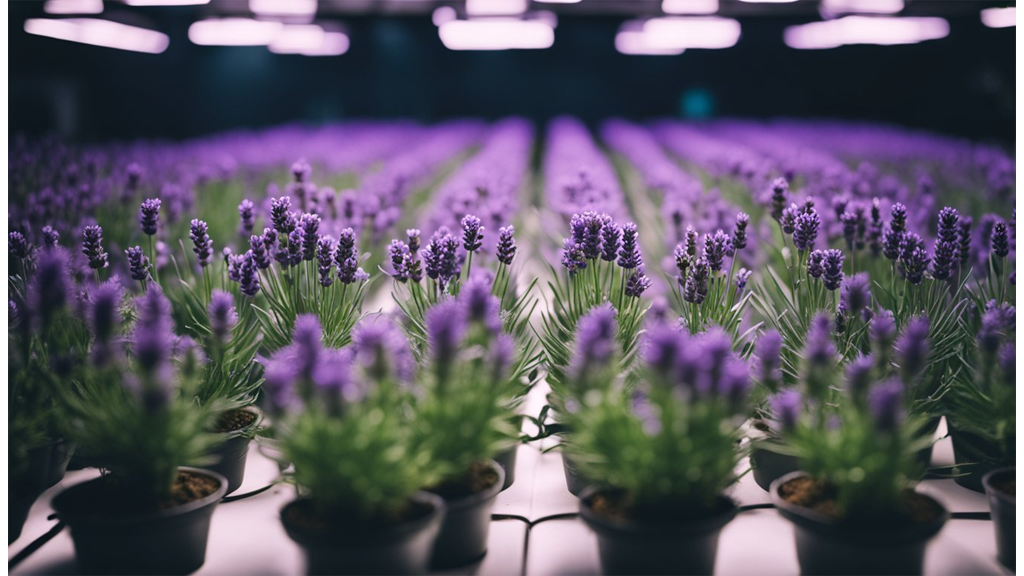
Deep Water Culture (DWC) is another great option, where plants are suspended in nutrient-rich water. An air pump supplies oxygen to roots, aiding their growth efficiently.
For those wanting versatility, an Ebb and Flow system works well. This setup involves flooding and draining the growing area, ensuring nutrient delivery and aeration.
For those with limited space, smaller systems like NFT or DWC can be perfect. They are manageable and ideal for home setups.
On the other hand, larger-scale operations might find Ebb and Flow more suitable, thanks to its efficient nutrient cycling.
Essential accessories include a reliable air pump, which is crucial in both NFT and DWC systems. This keeps oxygen levels high in nutrient solutions, promoting root health.
Accurate monitoring is key, so having a pH and EC meter ensures your water conditions are optimal for lavender. Keeping pH levels alkaline, around 6.5-7.5, is crucial for optimal growth.
Here’s a quick tool list for your setup:
- Grow lights
- Net pots
- Rockwool cubes
- Hydroponic nutrients
With this setup, we can look forward to successful lavender growth in a hydroponic environment.
Recommended Growing Medium
In hydroponic systems, choosing the right growing medium for lavender is crucial for success. A soilless environment is key, ensuring optimal drainage and moisture retention. Let's explore some options.

Rockwool
Rockwool is a popular choice in hydroponics. Made from spun volcanic rock, it provides excellent water retention and aeration. It's perfect for maintaining moisture without waterlogging the roots. However, it can be slightly alkaline, which could necessitate pH adjustments. It's durable and reusable, making it cost-effective over time.
Clay Pellets
Also known as expanded clay pellets, this medium is known for superb aeration and drainage. Ideal for ebb-and-flow systems or Dutch buckets, they maintain a stable pH. The pellets can be reused, although they require cleaning. They provide a firm anchor for lavender roots but don't hold as much moisture as rockwool.
Coco Coir
Derived from coconut husks, coco coir offers a more organic option. It's sustainable and retains moisture well while providing good aeration. It's less prone to compaction than traditional soil, offering more room for root growth. One downside is that high levels of potassium might lead to nutrient imbalances, so monitoring is necessary.
Here's a quick comparison:
| Medium | Pros | Cons |
|---|---|---|
| Rockwool | Excellent moisture, aeration | Can be alkaline |
| Clay Pellets | Good drainage, reusable | Less moisture retention |
| Coco Coir | Sustainable, good moisture retention | Might need calcium/magnesium supplement |
Selecting the right growing medium impacts the health and growth of our hydroponic lavender plants. Each option has its unique benefits and challenges, so it's important to evaluate based on our hydroponic setup and personal preferences.
Common Problems
In hydroponic lavender cultivation, common problems include the presence of pests and the issue of leggy plants. Tackling these efficiently can significantly enhance the quality and yield of your lavender crops.
Pests
Lavender, like many other plants, can attract pests even in hydroponic systems. Common culprits include aphids, spider mites, and whiteflies, which can sap the strength of the plant if not controlled. These pests typically thrive in environments where there is high humidity and limited airflow.
Preventative measures are vital. This involves maintaining optimal air circulation and monitoring humidity levels. Regularly inspecting the plants for signs of infestation is crucial.
For a natural approach, introducing beneficial insects like ladybirds can keep pests in check. Additionally, using neem oil as a natural pesticide can deter unwelcome visitors without harming the plants.
Leggy Plants
Legginess in lavender often results from inadequate light and poor air circulation. We might notice that plants stretch, striving for light, especially when placed under unsuitable artificial lighting conditions or in a crowded system.
To promote bushier growth, ensuring appropriate light intensity and duration is essential. Using grow lights that mimic sunlight and spacing out plants can drastically reduce legginess. Pruning lavender regularly helps encourage a more compact growth habit.
In our hydroponic setup, robust lighting systems and strategic plant spacing make a substantial difference. By addressing these common problems, we can maintain healthier, more productive lavender plants ready for overwintering and beyond.
Hydroponic Growing Vs Soil Growing
When it comes to hydroponic growing versus soil growing, both methods have distinct characteristics that might appeal to different preferences.
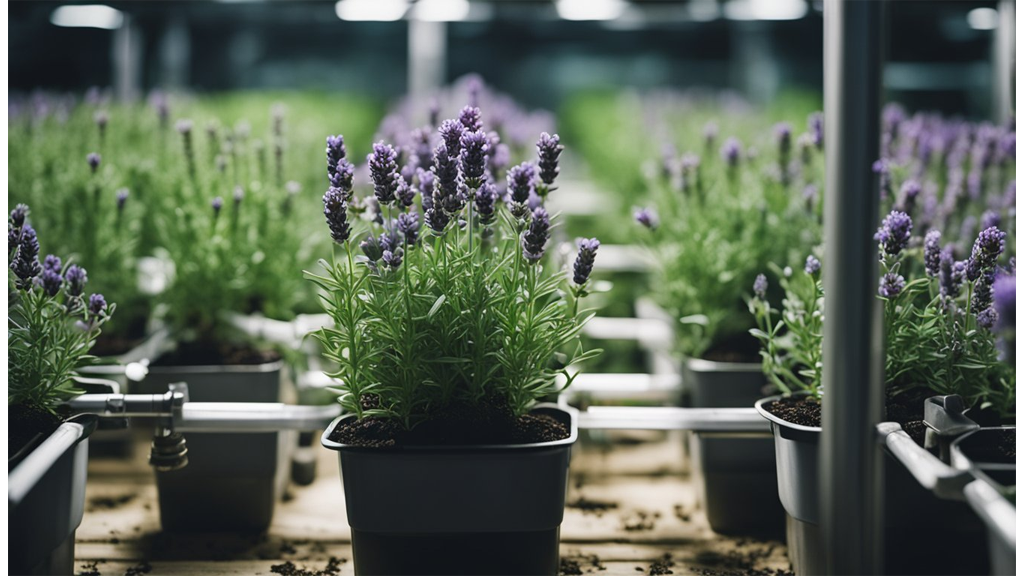
Growth rate and yield
Plants in hydroponic systems often show faster growth and potentially higher yields. This is partly due to the efficient delivery of nutrients and water directly to the roots, facilitating quicker growth. In contrast, traditional soil-growing methods might take a bit more time as they rely on the soil's natural nutrient content.
Environmental impact
Let’s focus on environmental implications. Hydroponics uses less water than soil growing due to its recirculating systems. Although it requires infrastructure, less water consumption can be more sustainable. On the other hand, soil growing can support biodiversity when managed properly.
Maintenance and labour
Hydroponic systems require careful monitoring of nutrient solutions and pH levels, which can demand more initial setup and labour. However, once established, they can reduce manual labour due to the automation of watering. Soil growing offers simplicity but may need more physical effort for tasks like weeding and soil tilling.
Taste and aroma
The taste and aroma of crops can be subjective. Some argue that soil-grown lavender has a richer, more complex flavour profile due to the diverse mineral content in the earth. Meanwhile, hydroponically grown plants can deliver consistent results, but certain enthusiasts might find them lacking in nuanced taste profiles.
Each growing method offers its own set of advantages. Our choice would thus depend on specific goals, whether it’s speed, flavour, or environmental considerations.
Conclusion
Growing lavender through hydroponics presents numerous benefits. This method allows us to cultivate lavender efficiently, without the need for soil, and often results in faster growth. Hydroponic systems can provide optimal conditions such as controlled nutrients and water, leading to healthier plants.
Building a hydroponic setup for lavender can seem daunting, but the process is straightforward. Beginners can start with simple setups and expand as they gain confidence. By experimenting with techniques, we can optimise our systems for better yields.
We encourage everyone to explore growing hydroponic lavender. The aromatic properties, aesthetic appeal, and various uses of lavender make it an excellent choice for indoor gardening. Whether for personal use or small-scale commercial production, the benefits are plentiful.
For further learning, we can explore tutorials online or join gardening communities. Engaging with others who share our interest can provide support and new ideas. Attending workshops or reading books about hydroponics can also offer valuable insights.
With a little dedication, we can enjoy the fragrance and beauty of lavender grown right in our homes. Let’s embrace this opportunity to enhance our gardening experience with hydroponics!







 Store Locator
Store Locator

